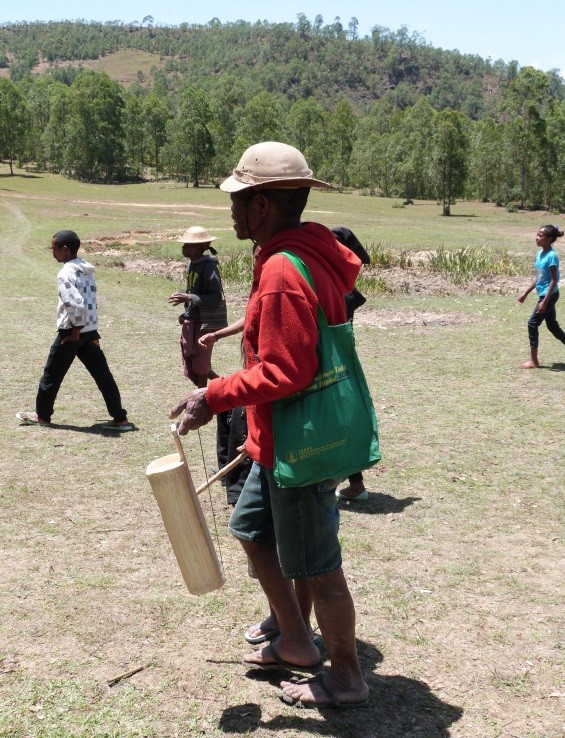|
Purpose: To support sustainable preparedness strategies that increase resilience of the vulnerable communities in Timor-Leste and empower them to independently cope with and respond to natural disasters and the effects of climate change. |
Location: Bobonaro, Ermera, Baucau, Manatuto and Lautem districts. |
|
Partner: International Organization for Migration (IOM) |
Duration: January 2014 – December 2015 |
|
Cooperative Agreement: $518,738.00 |
Background:
Timor-Leste is exposed to natural hazards, including flooding, drought, typhoons, wave surges, earthquakes and tsunamis. Climatologists project that the weather in the region is likely to become hotter and dryer, leading to drought and causing rainfall to become heavier and erratic, causing more flooding. The low-lying atolls within the region are also highly susceptible to climate change phenomena such as sea level rise, coastal erosion and coral bleaching. There is now substantial evidence to indicate that the changes in weather conditions associated with climate change will increase the likelihood and intensity of recurrent natural disasters throughout the country. The country experiences cyclical effects of the El Niño/Southern Oscillation (ENSO)-related weather anomalies. Floods have resulted in decreased agricultural production, damage to infrastructure, and particularly in heavy flood-affected locations, displacement of communities and loss of property and livelihoods. In cases of flooding, watershed behavior is associated with disasters affecting lives and livelihoods. In sum, there is a general lack of understanding and awareness of natural hazards, climate change and disaster preparedness and adaptation within the communities.

Summary:
USAID's Disaster Risk Reduction (DRR) activities in Timor-Leste are focused in five of the country's most disaster-prone districts. Working with the Government of Timor-Leste (GOTL), USAID’s Disaster Risk Reduction (DRR) uses globally-accepted best practices to assist rural communities in reducing the impact of disasters through training, small grants and educational inputs. At the national and district levels, USAID helps concerned officials to prepare for sudden emergencies by instituting the common operational response essentials training. Simulation exercises conducted in the districts bring together national and local responders to better understand what could happen during a crisis and develop action plans together. USAID’s Disaster Risk Reduction (DRR) enhances capacity of the Timorese authority and community to reduce disaster risks and manage disaster response through the following mechanisms:
- Strategy – to ensure that GOTL has a formalized and updated strategy on DRR;
- Mitigation – to ensure that communities have the ability to access information and apply small grants for localized DRR-related activities; and
- Capacity Building – to ensure that GOTL, district and local level partners utilize training on emergency response and disaster preparedness.








Comment
Make a general inquiry or suggest an improvement.